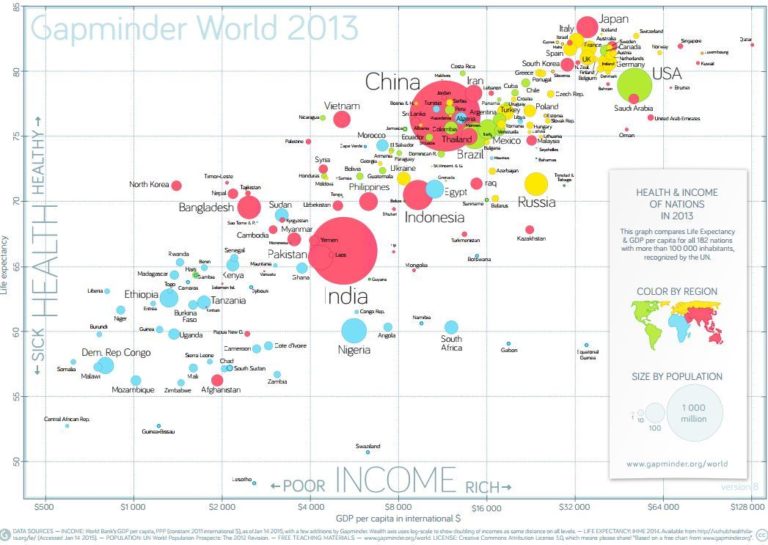Home / Nature & Environment / Climate Change / Achieving Sustainable Development / SDG 3 – Ensure healthy lives and promote well-being for all at all ages

Reach your personal and professional goals
Unlock access to hundreds of expert online courses and degrees from top universities and educators to gain accredited qualifications and professional CV-building certificates.
Join over 18 million learners to launch, switch or build upon your career, all at your own pace, across a wide range of topic areas.


 Based on a free chart from www.gapminder.org. Creative Commons Attribution License 3.0.
Based on a free chart from www.gapminder.org. Creative Commons Attribution License 3.0.  Paro Taktsang, a Himalayan Buddhist sacred site located in the upper Paro valley in Bhutan © Shutterstock/ultramansk
Paro Taktsang, a Himalayan Buddhist sacred site located in the upper Paro valley in Bhutan © Shutterstock/ultramansk







